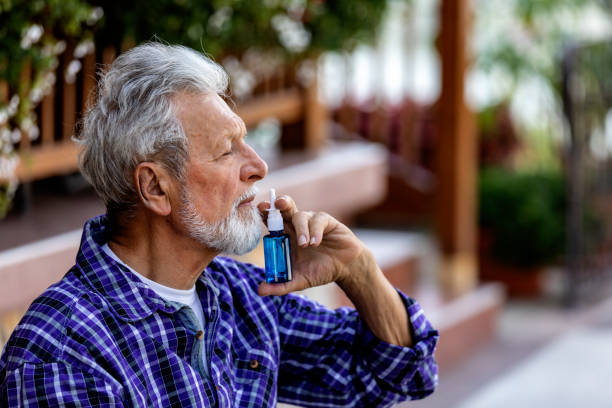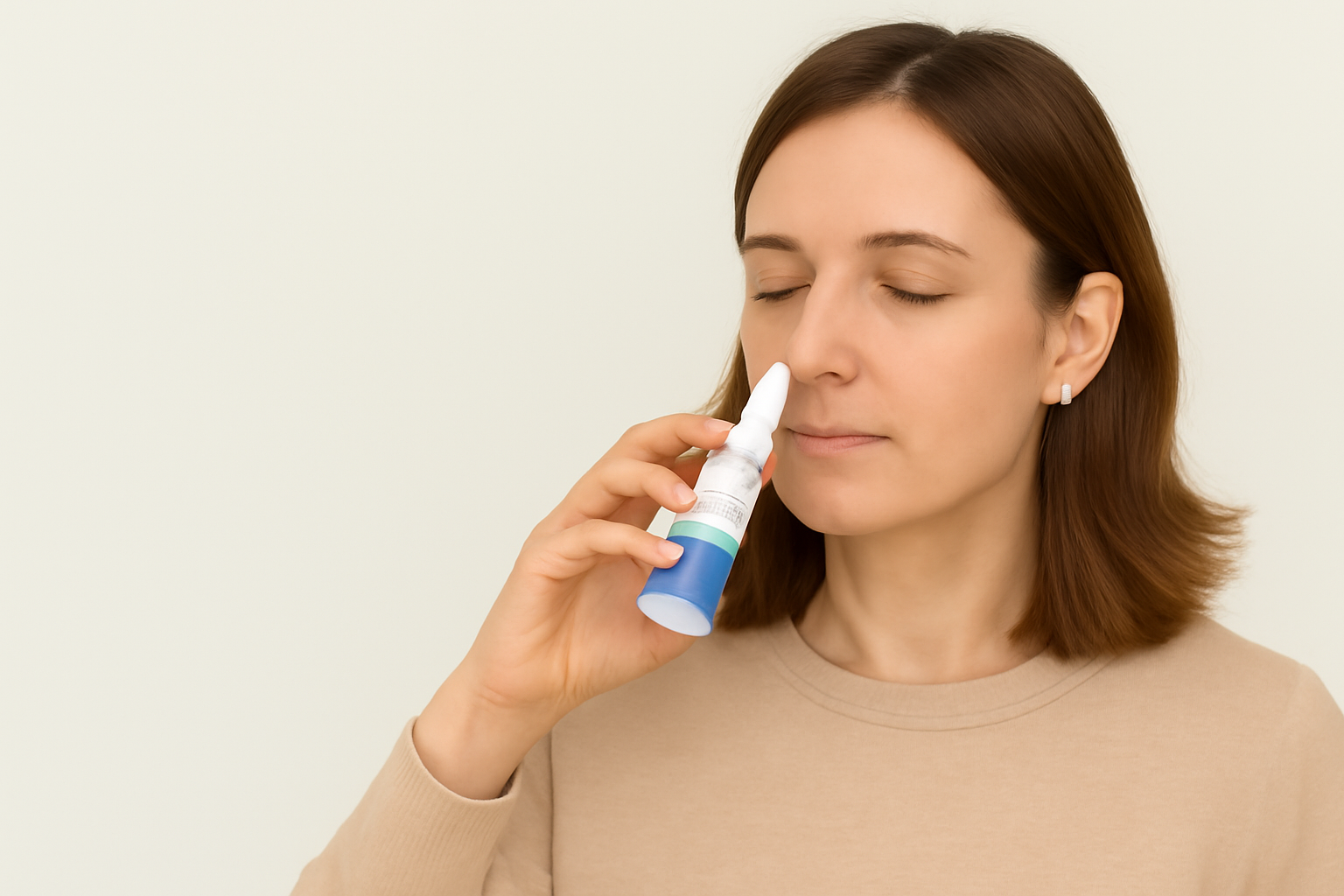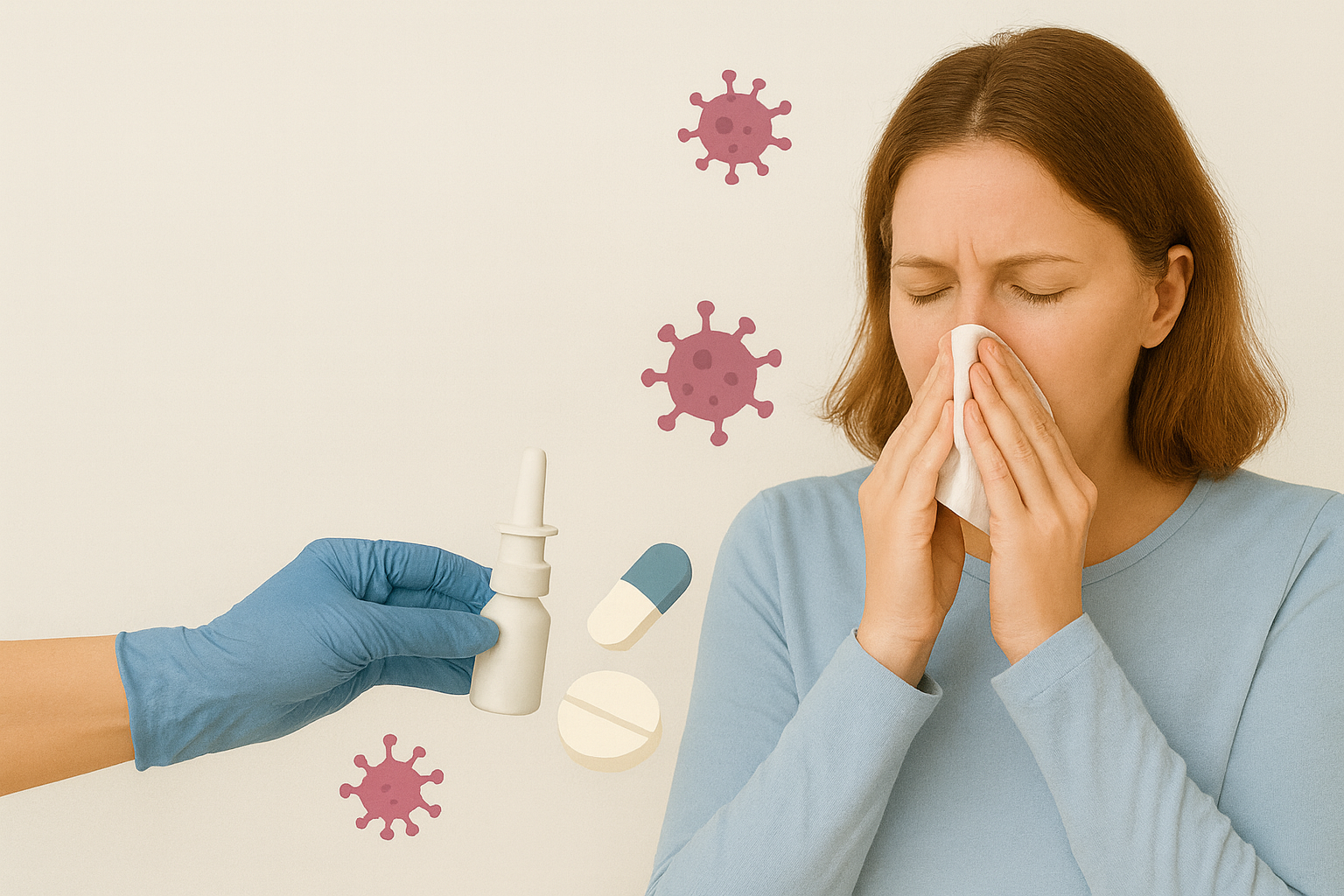As the world sought fast, accessible, and cost-effective ways to protect against COVID-19, a lesser-known yet globally trusted micronutrient resurfaced with potential: iodine. In this paper, Dr. Gary Warren argues that increasing iodine intake—both topically and orally—may offer meaningful protection against SARS-CoV-2 by enhancing both innate and adaptive immune defenses.
With widespread support from historical data, international health guidelines, and mechanistic studies, the report builds a strong case for a grassroots push toward higher iodine use, even as regulatory agencies have yet to endorse it fully.
Why Iodine?
Iodine is well known for its ability to inactivate coronaviruses rapidly at very low concentrations. It is listed as an essential medicine by the World Health Organization (WHO) and appears in CDC reference lists for COVID-19 surface disinfectants. Despite this, its broader use—particularly oral intake—has been underutilized, a trend the author attributes to what he calls “iodophobia”: the medical community’s reluctance to embrace iodine due to historical concerns over overdose or side effects.
Dr. Warren’s work argues that these concerns are largely unfounded at safe dosages and that the benefits—especially amid a global health crisis—warrant more serious attention.
Recommended Dosage: RDA vs. FAO Limits
- U.S. RDA: 150 mcg/day (focused solely on thyroid support)
- U.S. Upper Limit (UL): 1100 mcg/day
- FAO/WHO Safe Upper Limit: 30 mcg/kg body weight/day
For a 70 kg adult, this equates to 2100 mcg/day, nearly 14x the RDA.
According to the report, this higher dose supports not only thyroid function but also three additional key defenses against SARS-CoV-2:
- Iodine in nasal mucus to deactivate inhaled virus particles
- Iodine in sweat to sterilize the skin surface
- Support of apoptosis, the body’s ability to kill infected cells before viral replication
Scientific Support for Higher Iodine Intake
Several studies cited in the paper—such as those by Aceves (2013) and Rychlik (2017)—recommend daily iodine intakes of 2 to 5 mg (2000–5000 mcg) to support total body needs, far beyond the typical dietary intake in the U.S. For reference, traditional Japanese diets often yield 1000–3000 mcg/day, correlating with lower cancer rates and greater longevity.
This paper builds on that evidence, emphasizing that higher oral iodine may support both first-line defenses (external deactivation) and second-line defenses (cellular immunity via apoptosis).
Oral vs. Nasal Iodine: Which is Better?
The answer is both.
- Oral iodine (e.g., Lugol’s Solution, kelp, iodide pills):
- Builds internal stores and supports long-term immunity
- May take weeks to reach optimal levels
- Nasal iodine spray (e.g., dilute povidone-iodine):
- Acts quickly on contact to deactivate virus at entry point
- Useful during initial exposure or before immunity is built
The author suggests using both approaches in tandem, especially for healthcare workers or those in high-exposure settings.
How to Dose Safely
Dr. Warren recommends calculating iodine intake using weight-based guidelines from the FAO. For example:
Weight (kg)FAO Dose (mcg/day)Lugol’s 2% Iodine (drops/day)702100~1 drop1003000~1.3 drops
- One drop of Lugol’s 2% provides ~2400 mcg of iodine.
- For beginners, start with half a dose and ramp up over 1–2 weeks.
- Always dilute iodine in water or a drink to reduce irritation.
Topical use of povidone-iodine (typically a 10% solution) must also be diluted to ~0.2–0.5% before applying to nasal passages or skin. This allows effective viral inactivation without risk of irritation.
Addressing Iodophobia and Medical Hesitancy
The paper critiques medical institutions for lagging behind international standards due to outdated fears of iodine toxicity. It notes that when side effects do occur, they often stem from excessive doses or imbalanced nutrients, such as selenium deficiency, which can be easily corrected.
Dr. Warren encourages temporary use of higher iodine doses during the pandemic, with careful monitoring, especially in individuals with thyroid disorders or iodine sensitivity.
Conclusion: A Grassroots Step to Reduce Transmission
This is not a proposal for new research, Dr. Warren emphasizes. Instead, it is a practical call to action: adopt iodine supplementation at known safe levels, share the knowledge widely, and reduce transmission without waiting for pharmaceutical interventions.
By increasing iodine use—especially among essential workers, high-risk populations, and the general public—we may be able to support reopening efforts, reduce case spikes, and lessen the burden on healthcare systems.






.png)